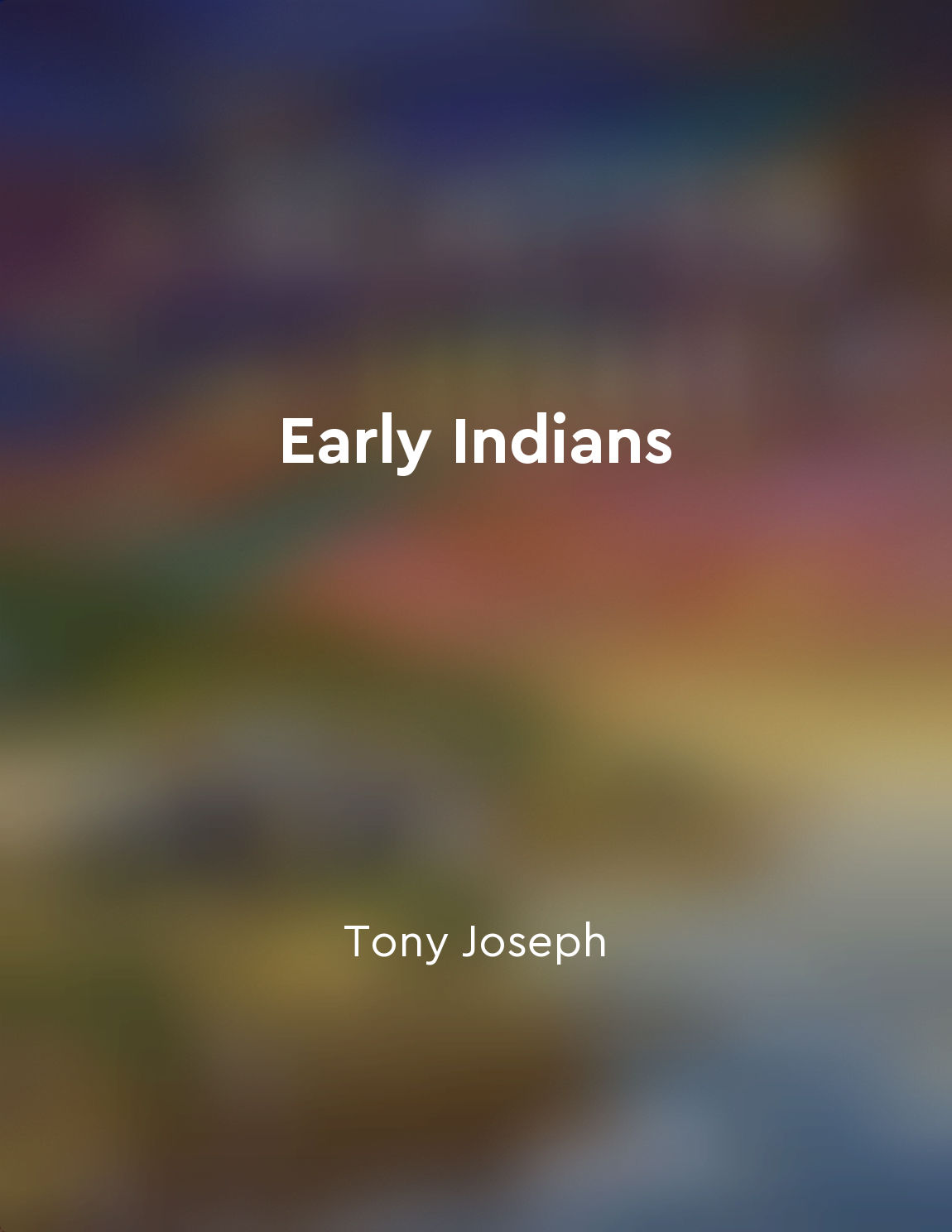Indian art and architecture from "summary" of The Discovery of India by Jawaharlal Nehru
Indian art and architecture reflect the rich cultural heritage of the country, spanning several centuries and influenced by various dynasties and traditions. The diversity and complexity of Indian art and architecture are evident in the intricate carvings, detailed sculptures, and majestic structures that have withstood the test of time. From the ancient cave paintings at Ajanta and Ellora to the magnificent temples of Khajuraho and Hampi, Indian art and architecture showcase the artistic prowess and architectural brilliance of the craftsmen and artisans of yore. Each artwork and structure tells a story of the cultural, religious, and social practices prevalent during the time of its creation. The various forms of Indian art, such as classical dance, music, painting, and sculpture, have been deeply rooted in spirituality and mythology. The intricate designs, vibrant colors, and expressive forms in Indian art reflect the spiritual beliefs and philosophical ideas that have shaped the Indian civilization over the centuries. Throughout history, Indian architecture has evolved through different periods, each characterized by distinct styles and techniques. The ancient rock-cut caves, elaborate palaces, towering forts, and grand temples stand as a testament to the architectural ingenuity of the craftsmen who built them. The fusion of indigenous styles with foreign influences, such as Islamic, Persian, and European, has resulted in a unique blend of architectural marvels that are distinctly Indian yet globally appreciated. The Mughal architecture, with its intricate carvings, delicate marble work, and symmetrical designs, is a fine example of this cultural amalgamation. Indian art and architecture have not only served as symbols of power and prestige but also as expressions of beauty, creativity, and spirituality. The intricate carvings on temple walls, the detailed sculptures of gods and goddesses, and the majestic domes and minarets of mosques all reflect the diverse artistic traditions and cultural values of India.Similar Posts
India's ancient past continues to shape its present and future
The history of India is not just a collection of events that happened in the distant past, but rather a continuous narrative th...

Study of early Indians reveals deep connections to the past
The history of the Indian subcontinent is a tapestry woven with threads of migration, mixing, and adaptation. For centuries, sc...
The Mahabharata and Ramayana are epic tales from this era
The Mahabharata and Ramayana are epic tales that date back to ancient times in India, known as the Vedic Period. These stories ...
